[ad_1]
Summary
- The Takata airbag recall, the largest in history, exposed fundamental flaws in automotive safety standards and manufacturing quality.
- Major automakers worldwide, including Toyota and Ford, were affected by the recall, highlighting the widespread use of Takata airbag inflators in the industry.
- The recall raised significant safety concerns and led to legal actions against Takata and automakers, resulting in changes to regulations and industry standards.
Automotive recalls, an integral yet often overlooked aspect of the auto industry, represents a vital measure for ensuring vehicle safety and reliability. Historically, these recalls, varying in scale and impact, have served as a barometer for manufacturing quality and safety standards within the industry.
The largest automotive recall in human history underscores the complexity and challenges inherent in automotive manufacturing. This recall highlights the potential risks associated with vehicle defects but also serves as a reminder of the industry’s commitment to consumer safety.
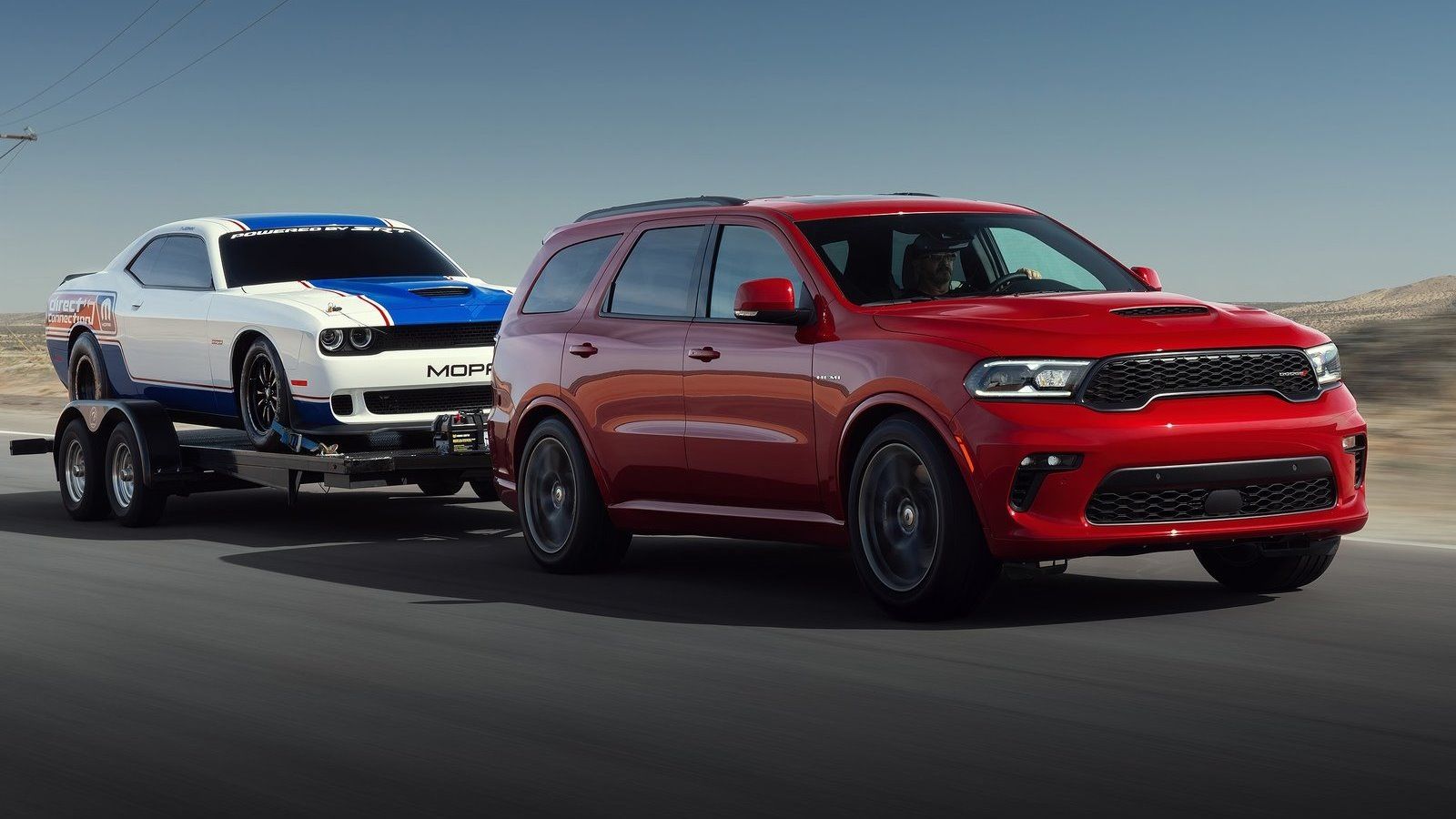
10 Commonly Used Automotive Acronyms And What The Mean
If you want to sound more knowledgeable about cars, start with these automotive acronyms
In order to give you the most up-to-date and accurate information possible, the data used to compile this article was sourced from various manufacturer websites and other authoritative sources, including the NHTSA, Toyota, Car and Driver, and Consumer Reports.
The Largest Recall In History: Key Details
The largest automotive recall in history was not a single event but a series of recalls involving millions of automobiles equipped with defective airbag inflators manufactured by Takata Corporation. This recall, described as “the largest and most complex safety recall in U.S. history” by the National Highway Traffic Safety Administration (NHTSA), began in 2008 and escalated dramatically in May 2015.
Takata’s admission of the defective nature of the inflators triggered a massive recall process involving approximately 22 million vehicles in 2015 alone. The scale of this recall and its ongoing nature have made it a central focus in legal proceedings and discussions about automotive safety.
Automotive Manufacturers Affected By The Recall
The Takata airbag recall affected a wide range of manufacturers and models. The recall initially started with Honda in 2008 but quickly expanded to include several manufacturers, or original equipment manufacturers (OEMs), worldwide. Major automotive brands such as Toyota, Nissan, Subaru, Ford, and BMW were among those affected. The recall encompassed various models across these manufacturers, highlighting the widespread use of Takata’s airbag inflators in the industry.
The recall involved airbag inflators that, due to a manufacturing defect, could rupture and cause injury or death to the vehicle’s occupants. This issue was not confined to a specific region or type of vehicle but was a global concern affecting a wide range of cars, from economy models to luxury vehicles.
This recall stands out not only for its size but also for its complexity and the varied responses it required from different manufacturers. Each affected automaker had to address the recall in their customer base, leading to a diverse range of recall strategies and customer communication efforts.
Underlying Cause For The Largest Automotive Recall
The Takata airbag recall was necessitated by a fundamental flaw in the airbag inflators. These inflators are a key component of the airbag system and were found to be defective due to the use of ammonium nitrate as the propellant without a chemical drying agent.
In certain conditions, particularly in areas with high humidity and temperature fluctuations, this propellant could degrade. When degraded, the propellant burned too quickly, causing the inflator to rupture upon airbag deployment. This rupture could then lead to metal shards being propelled into the vehicle’s cabin, posing significant risks of injury or even death to occupants.

10 Must-Have Car Features To Look For Your Next Car
These 10 features are important in enjoying the full driving experience of your next car
An Automotive Recall On A Global Scale
The scale of this recall was unprecedented due to several key factors:
- Widespread Use of Takata Inflators: Takata was one of the leading suppliers of airbag inflators, and its products were used by a vast number of automotive brands around the world. This widespread adoption meant that the defective part was present in a vast number of vehicles across various makes and models.
- The severity of the Safety Issue: The nature of the defect was such that it directly compromised passenger safety. The potential for harm, including fatalities, necessitated an immediate and comprehensive response.
- Environmental Impact on the Defect: The defect was exacerbated by environmental conditions, making it a critical issue in regions with high humidity and temperature fluctuations. This geographical variability added complexity to the recall, as it affected different regions to varying degrees.
- Long-Term Degradation: The problem was not apparent in the early life of the vehicles. It became more pronounced as the ammonium nitrate propellant degraded over time, which meant that the recall had to include older models as well as newer ones.
- Regulatory Pressure and Public Safety Concerns: Given the severity of the issue and the number of incidents reported, regulatory bodies like the National Highway Traffic Safety Administration (NHTSA) in the U.S. exerted significant pressure on automakers to address the problem promptly. Public safety concerns also drove the need for a comprehensive recall strategy.
Impact On The Automotive Industry
The Takata airbag recall had profound and immediate consequences for Takata Corporation, which faced severe reputational damage and financial strain. Defective manufacturing practices, use of an unstable chemical (ammonium nitrate without a moisture-absorbing material), manipulated test data, and flawed quality control processes were identified as key issues.
These lapses led to the premature rupturing of airbags, causing deaths and injuries. Automakers, who had previously maintained close ties with Takata, began distancing themselves from the company’s products due to safety concerns and the extensive recall.
The Recall Caused Takata To Close
As Takata grappled with the costs of recalls and replacements, its relationship with automakers became strained. The company, once a leader in airbag manufacturing, faced criticism for its handling of the situation, including allegations of covering up test results and not adequately addressing safety concerns. This crisis led to a significant re-evaluation of Takata’s business practices and its future in the industry. The financial burdens of the fines and lawsuits resulted in the company declaring bankruptcy.

Safest Electric Cars According To The NHTSA
Safety is a key issue when choosing a vehicle, and all electric vehicles are not the same – these are the safest.
Consumer Response And Safety Concerns
The Takata airbag recall elicited a significant public response, primarily driven by concerns over safety and the scale of the issue. The recall involved a large number of vehicle makes and models, affecting millions of consumers globally.
The public’s reaction was heightened by reports of fatalities and injuries associated with the defective airbags. Many consumers expressed frustration and concern over the potential risks they had been exposed to, especially considering the widespread use of Takata airbags in various popular vehicle models.
The safety concerns raised by the Takata airbag recall were substantial. The defective inflators, which could explode and cause serious injury or death, brought to light significant issues in automotive safety and quality control. The recall raised questions about the efficacy of industry standards and regulatory oversight.
It also highlighted the challenges in ensuring the safety of complex automotive systems that rely on components sourced from global suppliers. The Takata recall case underscored the critical importance of rigorous testing and quality assurance throughout the automotive supply chain, particularly for safety-critical components like airbags.
Legal Actions Or Lawsuits That Followed
The Takata airbag recall led to a multitude of legal actions and settlements, highlighting the severe consequences of the company’s actions. The defective Takata airbags, responsible for numerous deaths and injuries, triggered a series of lawsuits and legal claims against both Takata and the automakers that installed the airbags. Victims and their families sought compensation for injuries and deaths caused by the exploding airbags.
In addition to criminal penalties, Takata faced civil lawsuits from consumers who suffered economic losses due to the recall. These included costs for towing, alternate transportation, lost wages, and additional payments. Several automakers also established settlement funds totaling more than $1.5 billion for individuals who suffered economic losses because of the recall.
Changes in Regulations Or Industry Standards Post-Recall
The Takata airbag recall led to a reassessment of safety standards and regulatory oversight in the automotive industry. The scale of the recall and the severity of the safety issues prompted regulators and industry bodies to strengthen the oversight of automotive safety equipment.
One significant change was the heightened scrutiny of airbag inflators, particularly those using ammonium nitrate as a propellant. The recall highlighted the risks associated with this chemical, especially when exposed to moisture and temperature fluctuations. As a result, there was an increased focus on the stability and safety of airbag propellants.
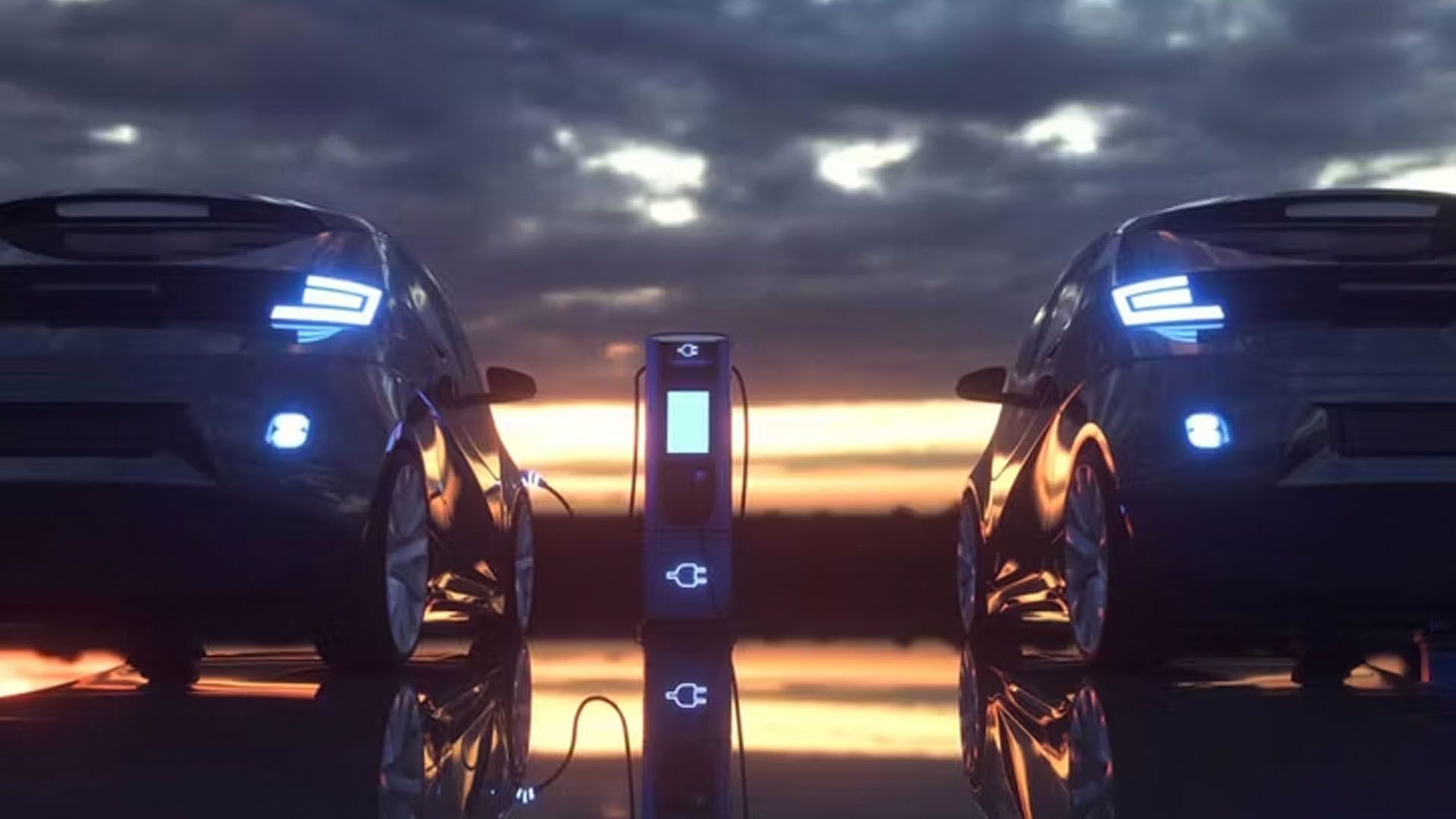
Here’s Why EVs Are Safer In A Crash
We discuss the benefits of electric cars (EVs) over traditional internal combustion engine vehicles (ICEs) in terms of safety.
Updates on the Resolution Of The Recall
As of the latest updates, the Takata airbag recall remains a significant concern in the automotive industry. Approximately 67 million Takata airbags have been recalled, impacting tens of millions of vehicles. The National Highway Traffic Safety Administration (NHTSA) has taken a proactive role in overseeing this massive recall. They have prioritized the replacement of airbags in older vehicles first, particularly those exposed to hot and humid environments for extended periods, as these pose a greater risk of exploding.
Manufacturers Tasked With Speeding Up Recalls
The resolution process includes a phased and prioritized approach, considering the availability of replacement parts and the risk levels associated with different vehicles. Despite the challenges, every defective airbag is slated to be replaced. Vehicle manufacturers have been tasked with accelerating their repair programs and are encouraged to adopt innovative strategies to maximize recall completion rates. This includes mobile repair programs and community engagement initiatives.
How To Tell If Your Vehicle Is Affected By The Takata Airbag Recall
Most vehicle manufacturers affected by the Takata airbag issue have a facility on their websites for capturing the VIN number of your vehicle. The manufacturer will inform you whether your particular model is affected by the issue or not. In the event that your vehicle/model IS affected, it is recommended that you do not drive the vehicle, but contact your local manufacturer to have the vehicle towed to their facility to replace the airbag inflator.
The Takata airbag recall highlights the importance of prioritizing safety in the automotive industry. It serves as a reminder of the responsibilities manufacturers and suppliers bear in ensuring the safety and reliability of their products, and the role of regulatory bodies in safeguarding public safety. The industry’s response to this recall sets a precedent for how future safety concerns are managed and addressed, emphasizing the need for ongoing vigilance, innovation, and collaboration in the pursuit of automotive safety.
[ad_2]
Source link

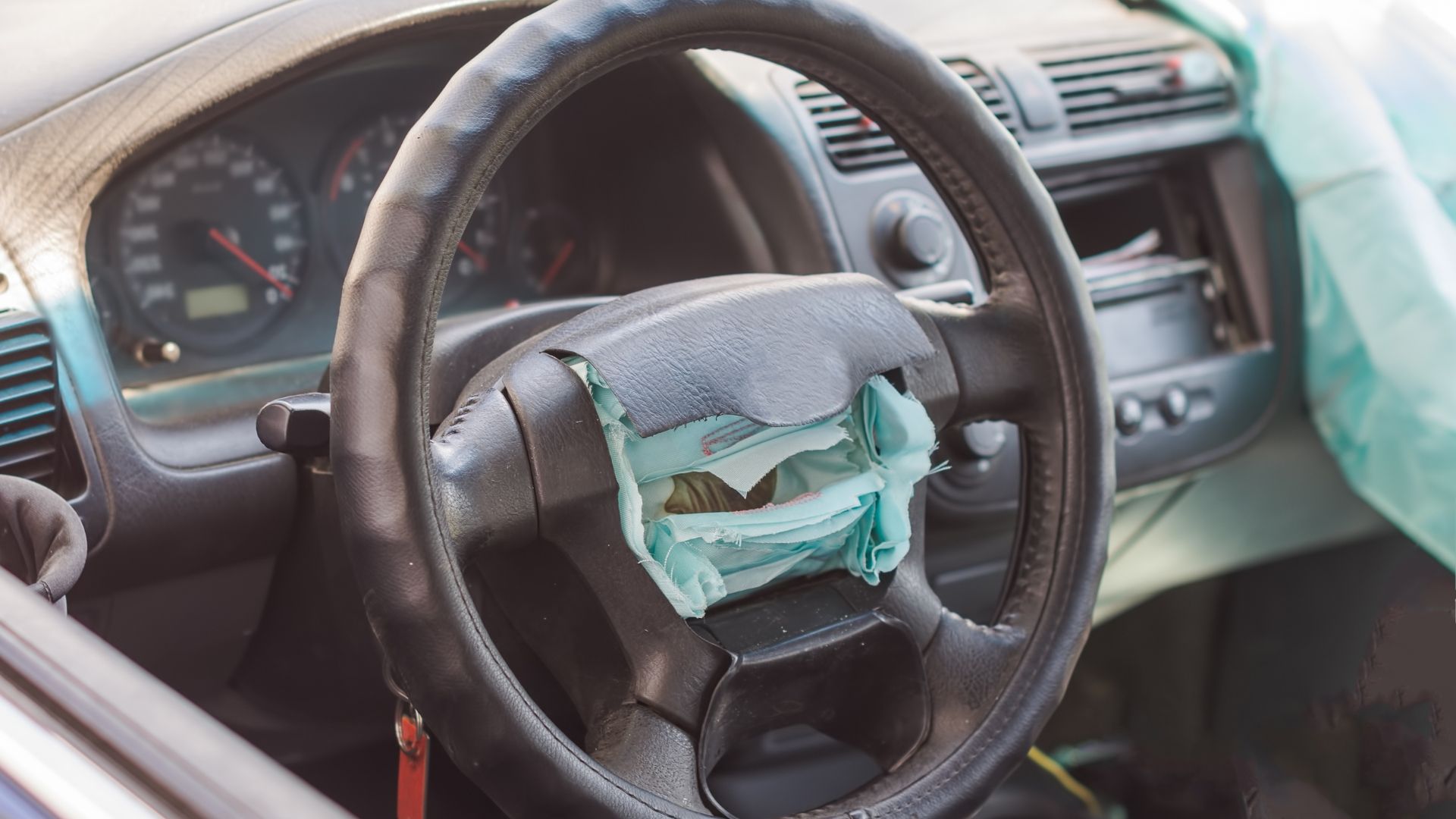
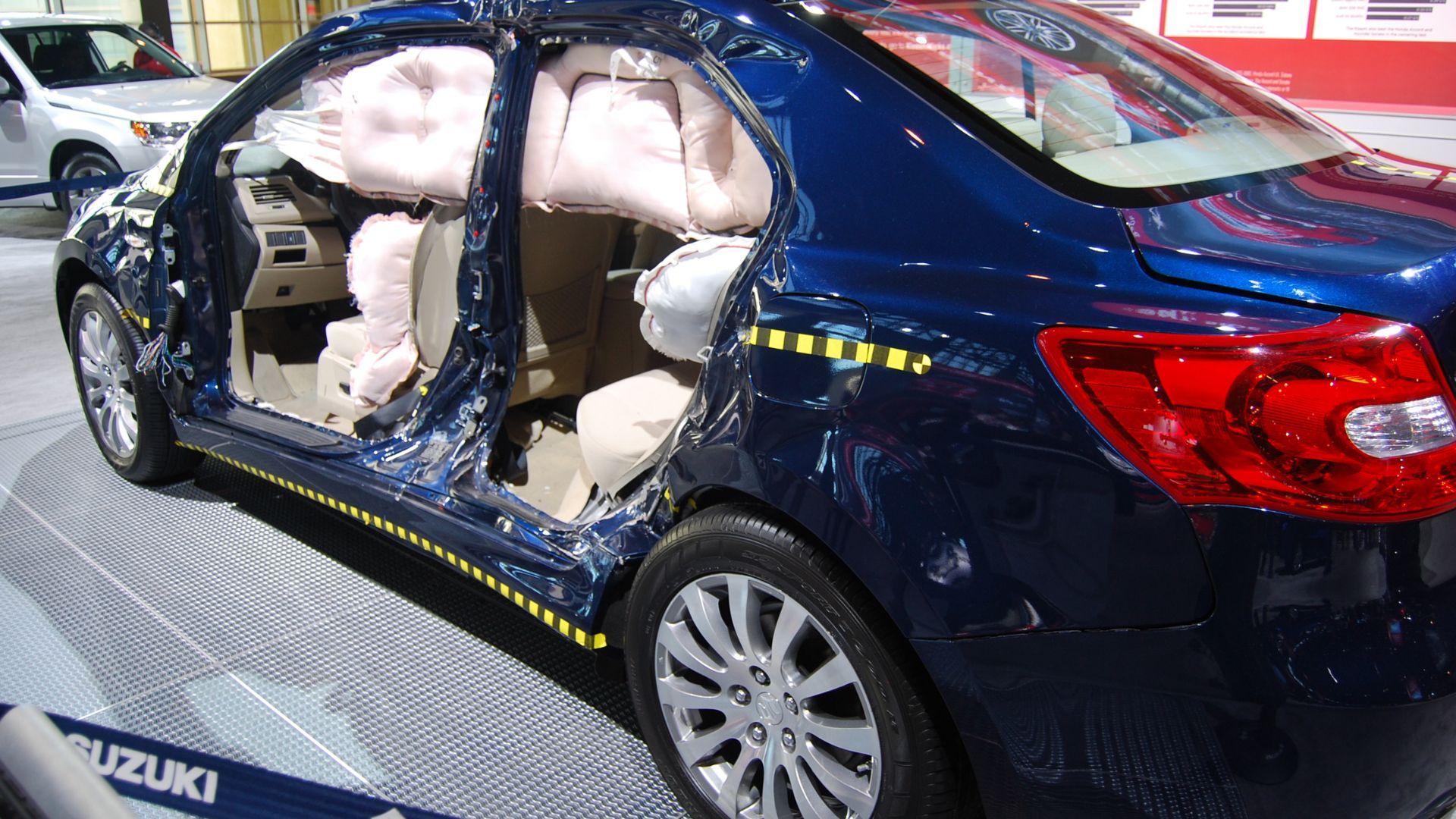
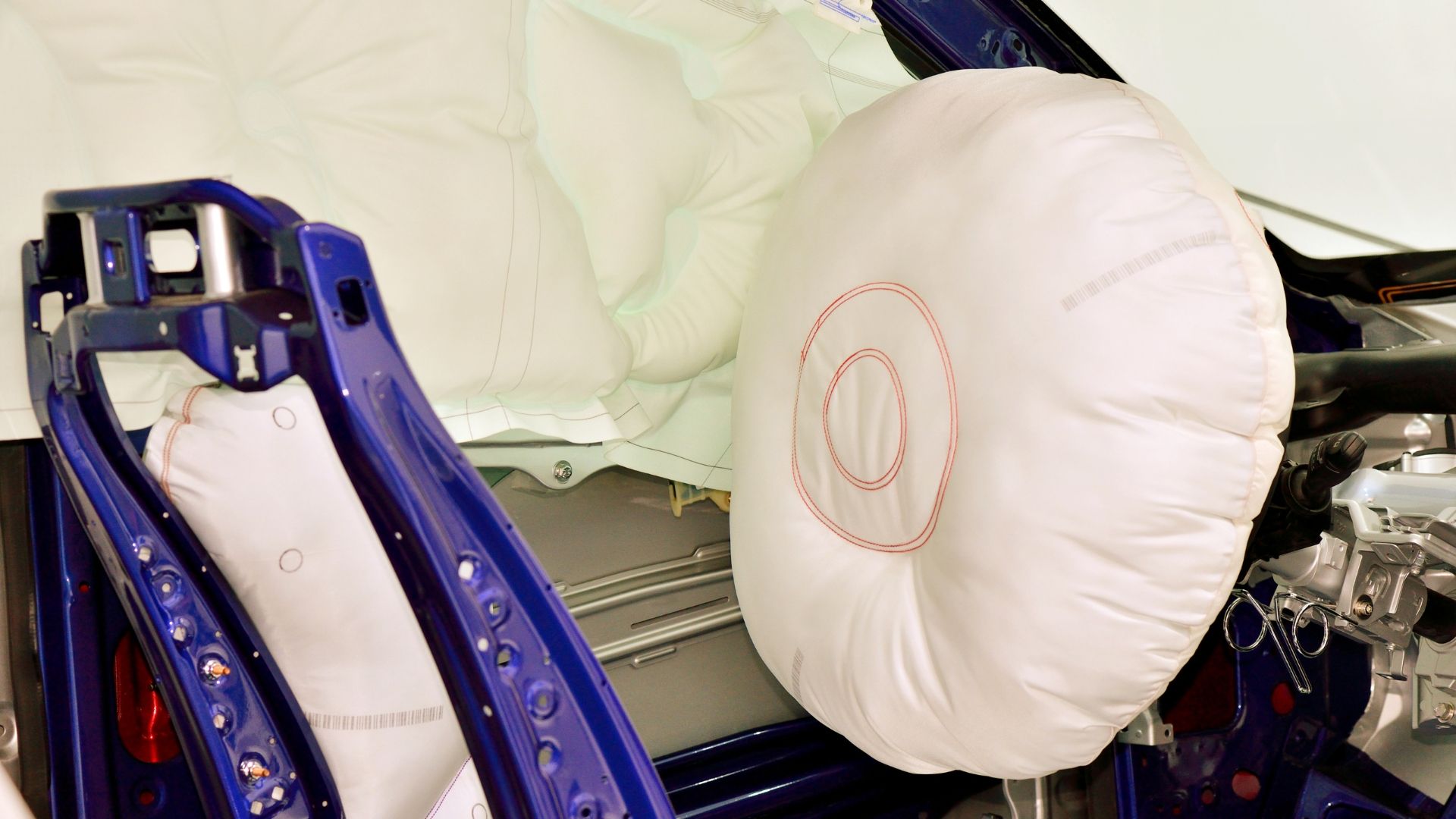
Leave a Reply
You must be logged in to post a comment.